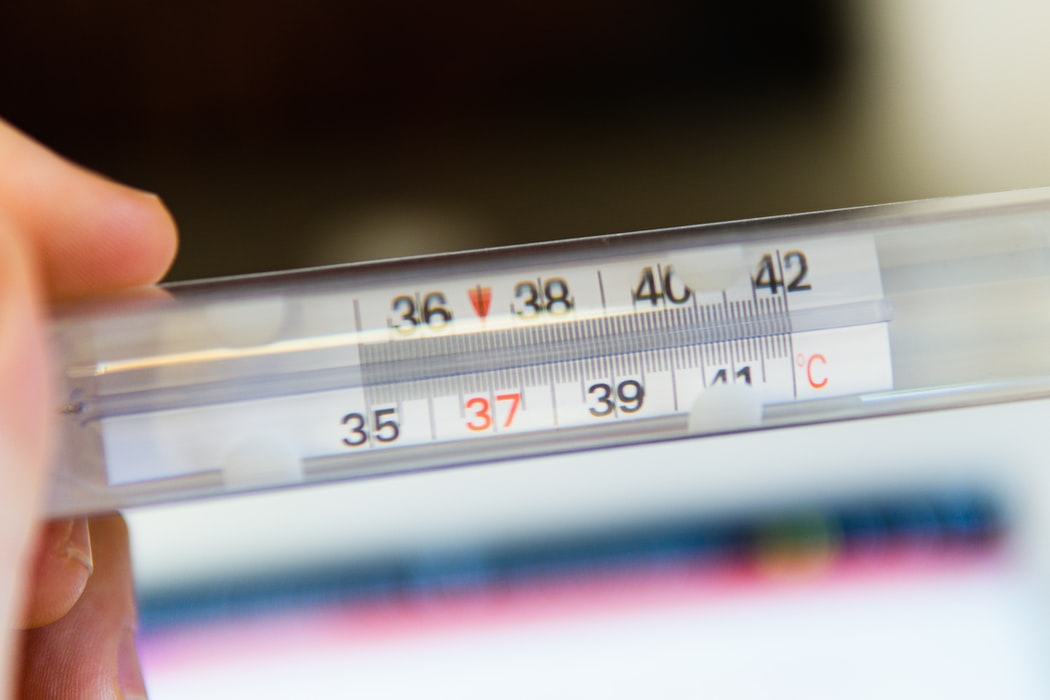The recent virus scare in Rockland county and Long Island may still be fresh in our minds as the mosquito-borne illness Eastern Equine Encephalitis (EEE) made headlines and had people taking extra steps to avoid mosquitoes and control the insect pest population.
But EEE isn’t the only viral threat in the state. As we near December we’re heading straight into flu season, and this year’s numbers aren’t looking good. The percentage of visits to health care providers for influenza-like illness (ILI) hit 2.5% this November in The City That Never Sleeps, which is the first time it went above the baseline national figure of 2.4%.
While people often think of flu and viruses as a medical concern, what people often underestimate is the impact cleanliness and air quality have on disease.
In the middle ages the Bubonic Plague was attributed to cats and rats, and we now with modern science today that it was spread through bacteria spread by fleas. The fact is, poor sanitation has an impact on disease, and air quality actually has been shown to have a considerable impact on our wellness, including the likelihood of contracting diseases.
The science behind it is surprisingly simple. Airborne viruses are very small particulates and can be as small as .03 microns in diameter. These ultra-fine particles stay in the air and are much smaller than the PM2.5 particles that we monitor using air quality sensors.
Particulates help spread the virus
But these tiny virus particles can latch onto PM2.5 and PM10 particulates in the air, which increases our chances of inhaling them and getting them into our system.
A study from Hong Kong shows a positive correlation between air pollution levels and hospital admissions for asthma, pneumonia and influenza. While it certainly makes sense for bad air to cause more asthma attacks, the link to influenza is a little more tenuous until you consider how the particulates help spread the virus. In addition, poor air quality has an affect on the immune system, making your body less capable of fighting off a bug.
The researchers found that the risk for influenza increased as the levels of nitrogen oxide, ozone and particulate matter (PM10) increased.
Our immune system is compromised
A similar study in the US found that being exposed to diesel exhaust had a similar correlation to becoming sick from the flu virus. In this case, the study used a control group and an experimental group that did and did not breathe in diesel fumes.
Both groups were given a shot of the flu vaccine, and those who breathed in the fumes had higher levels of viral RNA in their system. So it’s not just how the virus spreads; the effect of the poor air quality on the immune system simply means we are less equipped to fight off the infection.
Poor air worsens your symptoms
Another important consideration is how poor air quality worsens the symptoms you get from diseases.
Airborne pollutants like PM2.5 get into your respiratory system through inhalation, and this causes them to rub up against the bronchial tubes. This causes irritation and inflammation, and the body’s response is similar to how it deals with the flu: your body releases chemicals known as cytokines which go out and hunt the invading particulates.
This rush of your body’s natural defenses causes a raise in body temperature, the fever which we are all familiar with when we are down with the flu. When in tandem with an actual virus it can cause the symptoms to worse beyond what it would normally be, causing a lot of pain and discomfort.
The bottom line is, taking the time to keep a clean environment with fresh, healthy air can go a long way in preventing and alleviating the effects of disease and illness. As we move into the flu season, keep your air pristine will do wonders for your health and that of your family.
Making use of uHoo’s air monitoring capabilities can help you keep your home’s air quality up, and tell you when you need to take steps before it becomes a health hazard to your family.







